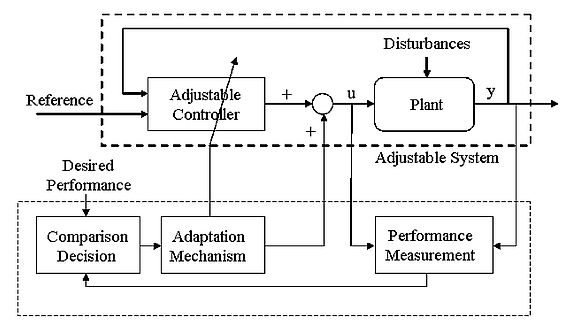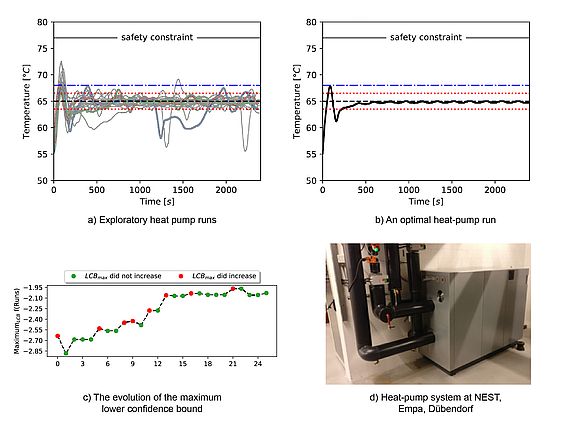Data-driven, self-tuning controllers for large scale deployment
More than 90% of industrial controllers are still based on proportional-integral-derivative (PID) and rule-based (RB) control algorithms, as no other algorithms match the simplicity, clear functionality, and applicability of these two types. However, the manual tuning of PID and RB controllers, which re-quires optimization of a few parameters, is a time-consuming task and depending on the controlled process, may require high-skilled personal. During the lifetime of a system, due to aging or changing of some components of the system, the overall process conditions typically change, which calls for manual re-tuning of the controllers. This is also referred to as re-commissioning and creates addition-al maintenance (personal costs) and operational costs, due to the downtime of the system during the re-tuning.
More sophisticated controllers than PID and RB exist, such as ones based on model predictive control (MPC), but they typically require complex physics-based models for proper functioning. However, ob-taining these models can be quite expensive, as they require a substantial time of highly-skilled per-sonals and may differ among selves even within a single class of systems. One such example are buildings. Due to different designs, construction properties, orientation, climate zones, and occupants profiles of buildings, their dynamics differ from case to case. Therefore, an alternative control strategy that has a property of self-adapting is a preferable solution in building control. Due to the availability of sensors and databases, self-adaptivity can be realized as an algorithm that learns, in terms of ma-chine learning, from the past measurements and automatically derives decisions that will influence (modify, adapt) the future control strategy (Fig. 1). Such a constantly adapting control strategy can achieve close-to-optimal control performance over the lifespan of the controlled system, after the ini-tial commissioning, can reduce maintenance, operational, and re-commissioning costs after upgrades of the system. Additional aspects of such a control strategy are also desirable, if not required, such as stability guarantees, safety guarantees, and robustness.
As buildings are one of the largest contributors to climate change, requiring about 40% of the final world energy for their operation and this is a growing trend due to urbanization, they come to the forefront of research on energy savings. Given also the global trend towards the integration of renew-able energy resources into buildings and on-site energy generation, storage, and transformation capabilities, and given the rise in the number of electric vehicles (EVs), the energy management problem of a building becomes a challenging problem. Many of the phenomena there are of non-linear and stochastic nature, which complicate further the control problem.
In this project we aim to develop new data-driven self-adaptive control strategies and compare them to the state-of-the-art control strategies, as well as to the classical PID, RB, and MPC controllers. In this, we will particularly look at the scalability potentials of the algorithms, i.e. in the algorithms that do not require substantial, if any at all, engineering or expert skills, to apply them to another system within the same class of systems or even from another class of systems. Our current efforts involve the development of controllers for heat pump systems (Fig. 2), room temperature control algorithms, and controllers for smart charging of bidirectional EVs when coupled to buildings and grids.
Funding body: internal
Partners: ETH Zurich, EPFL, Industry


-
Share
